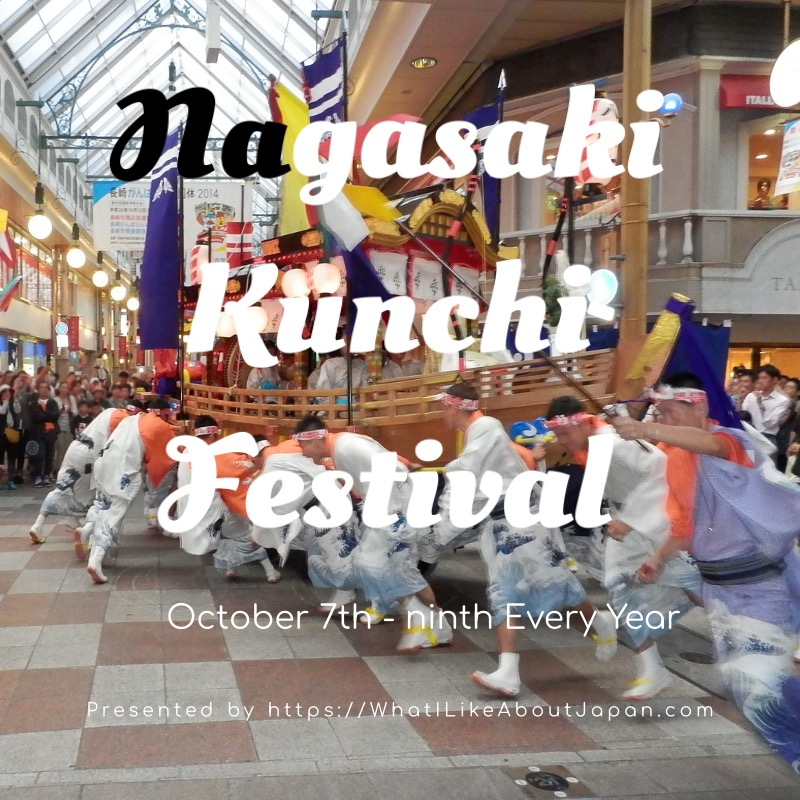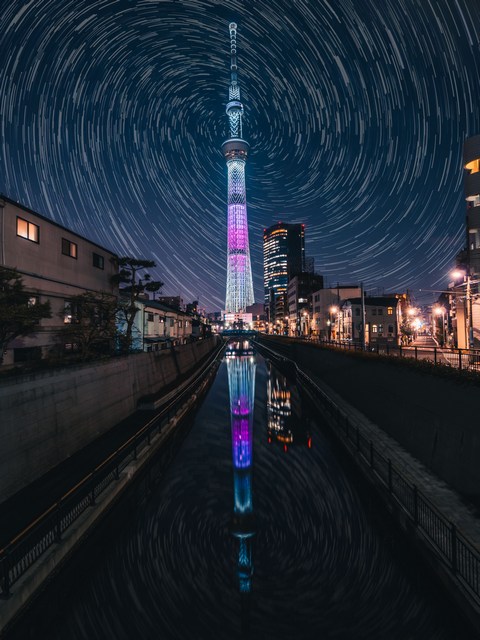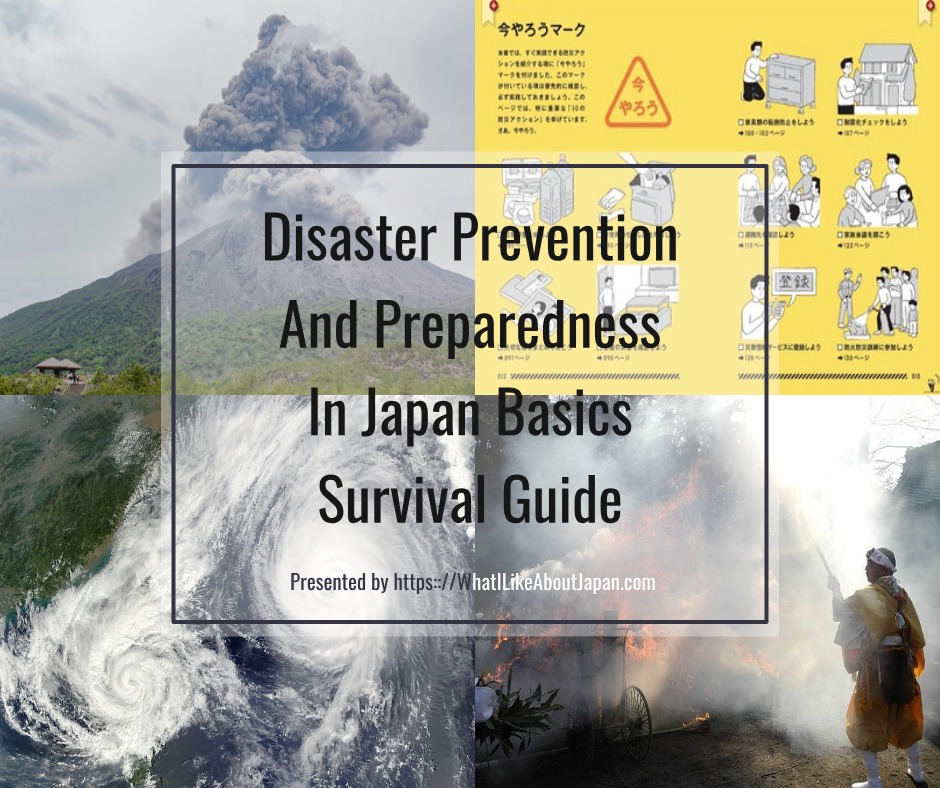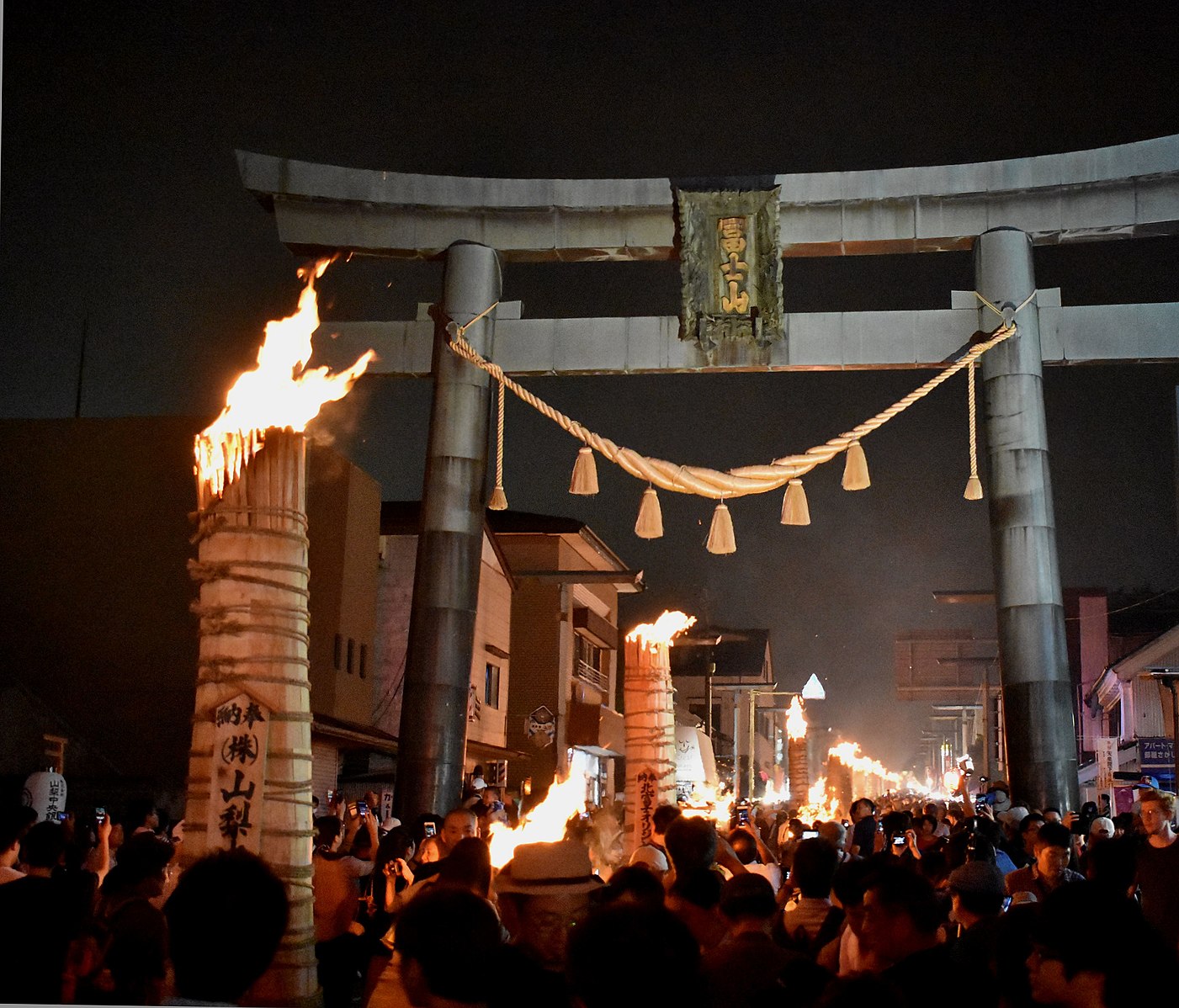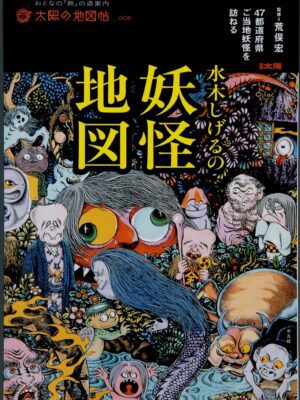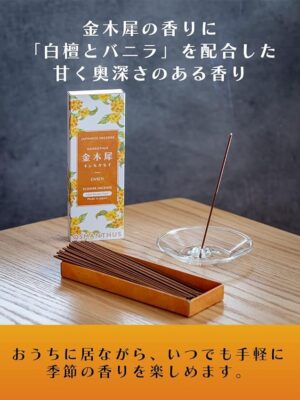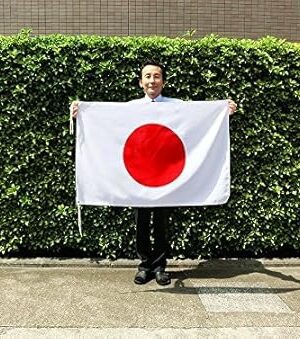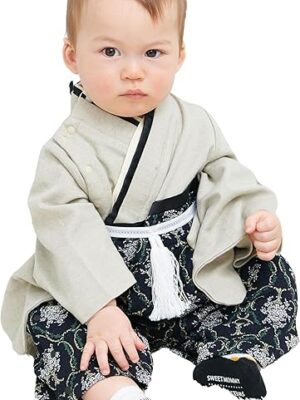Come see the remains of Ieyasu Tokugawa’s de-Christianization center
The Christian Prison (Kirishitan Yashiki 吉利支丹屋敷) at the Christian Hill “Kirishitanzaka” was a place of horrors on which the story and movie “Silence” was based.
Share this Post
Location of Kirishitanzaka 切支丹坂
The Christian Slope
Located now in Bunkyo ward of Tokyo was the old mansion of Inoue Chikugo no Kami, the head of Tokugawa’s commission for suppressing Christianity in Japan. The Christian hill (Kirishitanzaka 切支丹坂) comes from the character pronounced as “zaka” and is the same as the “saka” in Osaka. Lying at the top of a steep hill, it once housed apostate priests from Spain and Portugal who had come illegally to proselytize in Japan. All of the priests eventually died in Japan. Today there is not much to see as a small, not particularly interesting, and a bit dilapidated, apartment building now occupies the site. At the spot is a brass placard telling of the history of the place in relatively good detail, a medium stone monument written in Japanese kanji commemorating the sight from hundreds of years ago, and another placard with images of the archaeological studies at the site before the present day construction.Kirishitan Yashiki – Koishikawa Rogoku : The Prison for Christians
This was a compound built containing the residence of the Japanese grand inquisitor for stamping out Christianity in Japan, Inoue Chikugo, for the purpose of a prison and execution grounds for Japanese Kirishitans and housing captured missionaries. It was built in 1646 and burnt down in 1724. The Tokugawa government realized that policing all of the coast was not really possible and missionaries could come in at inconspicuous locations, so they built this central building for housing the missionaries once they were caught. Most of the information about its inmates is about the four Jesuit missionaries, Giuseppe Chiara, Pedro Marquez, Alfonso Arroyo and Francisco Cassola, who were brought there and forced under torture to renounce their faith, read Buddhist incantations, and then to sign a contract saying that they had in fact really given up Christianity. Though the most information is focused on the foreign missionaries, many Japanese Kirishitans were also brought to the walled prison here where they were interrogated and if they didn’t apostize, were executed. From their story it seems that Japanese Kirishitan prisoners that were sent there and apostized underwent the same process of formally renouncing their faith and signing a kind of contract confirming that they had done so. For much more detailed information about this place and the subject of Kirishitans in Tokyo, please check out Russ Stutter’s excellent blog post at http://www.stutler.cc/russ/kirishitan.html.Urban Legends About Kirishitanzaka
As far as I can determine there are not any Yokai or supernatural phenomenon associated with the site itself. Perhaps because it was a place of execution and torture it is believed that onryo, or vengeful spirits, still roam this area similar to the execution grounds at Asakusa and Akasaka.|
|
|
|

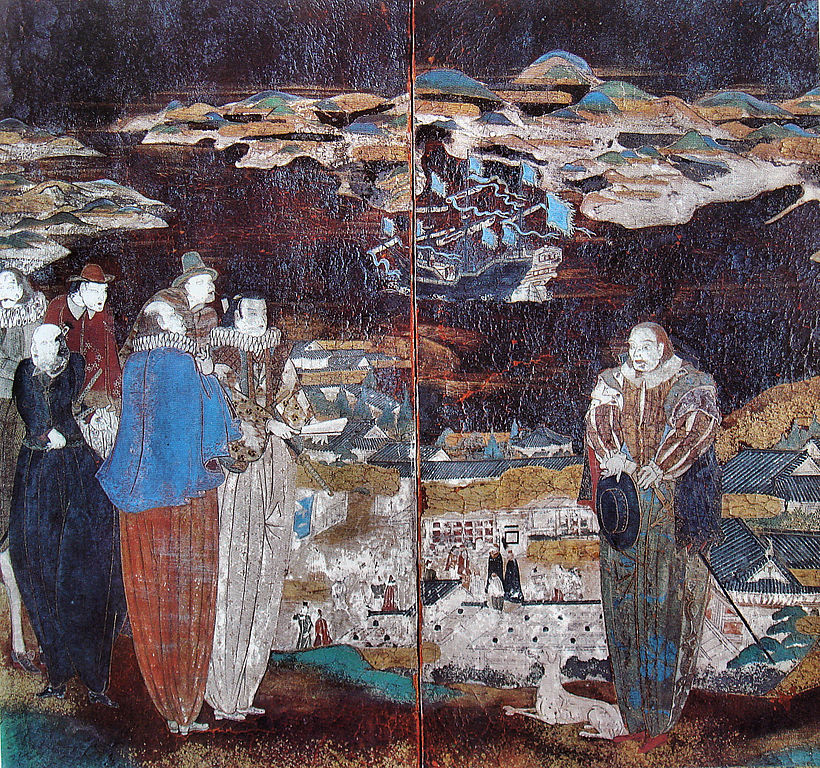
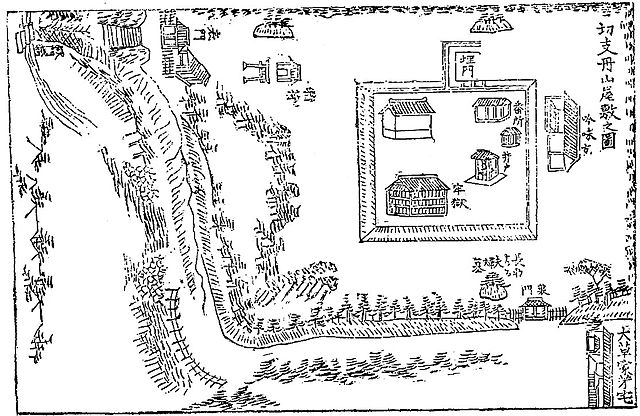

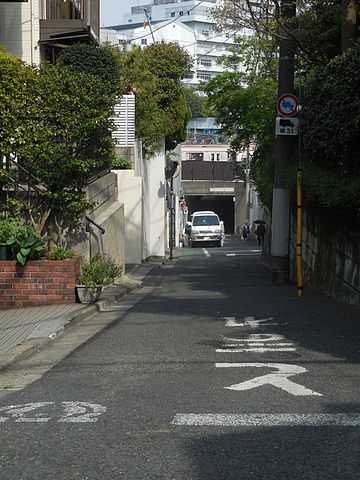
![[商品価格に関しましては、リンクが作成された時点と現時点で情報が変更されている場合がございます。] [商品価格に関しましては、リンクが作成された時点と現時点で情報が変更されている場合がございます。]](https://hbb.afl.rakuten.co.jp/hgb/17fc7800.d26d61a1.17fc7801.606d0dbf/?me_id=1213310&item_id=17522483&pc=https%3A%2F%2Fthumbnail.image.rakuten.co.jp%2F%400_mall%2Fbook%2Fcabinet%2F7605%2F9784789607605.jpg%3F_ex%3D128x128&s=128x128&t=picttext)
![[商品価格に関しましては、リンクが作成された時点と現時点で情報が変更されている場合がございます。] [商品価格に関しましては、リンクが作成された時点と現時点で情報が変更されている場合がございます。]](https://hbb.afl.rakuten.co.jp/hgb/18eb0041.97c397e4.18eb0042.fd8274c9/?me_id=1278256&item_id=13585623&pc=https%3A%2F%2Fthumbnail.image.rakuten.co.jp%2F%400_mall%2Frakutenkobo-ebooks%2Fcabinet%2F1763%2F2000002301763.jpg%3F_ex%3D128x128&s=128x128&t=picttext)
